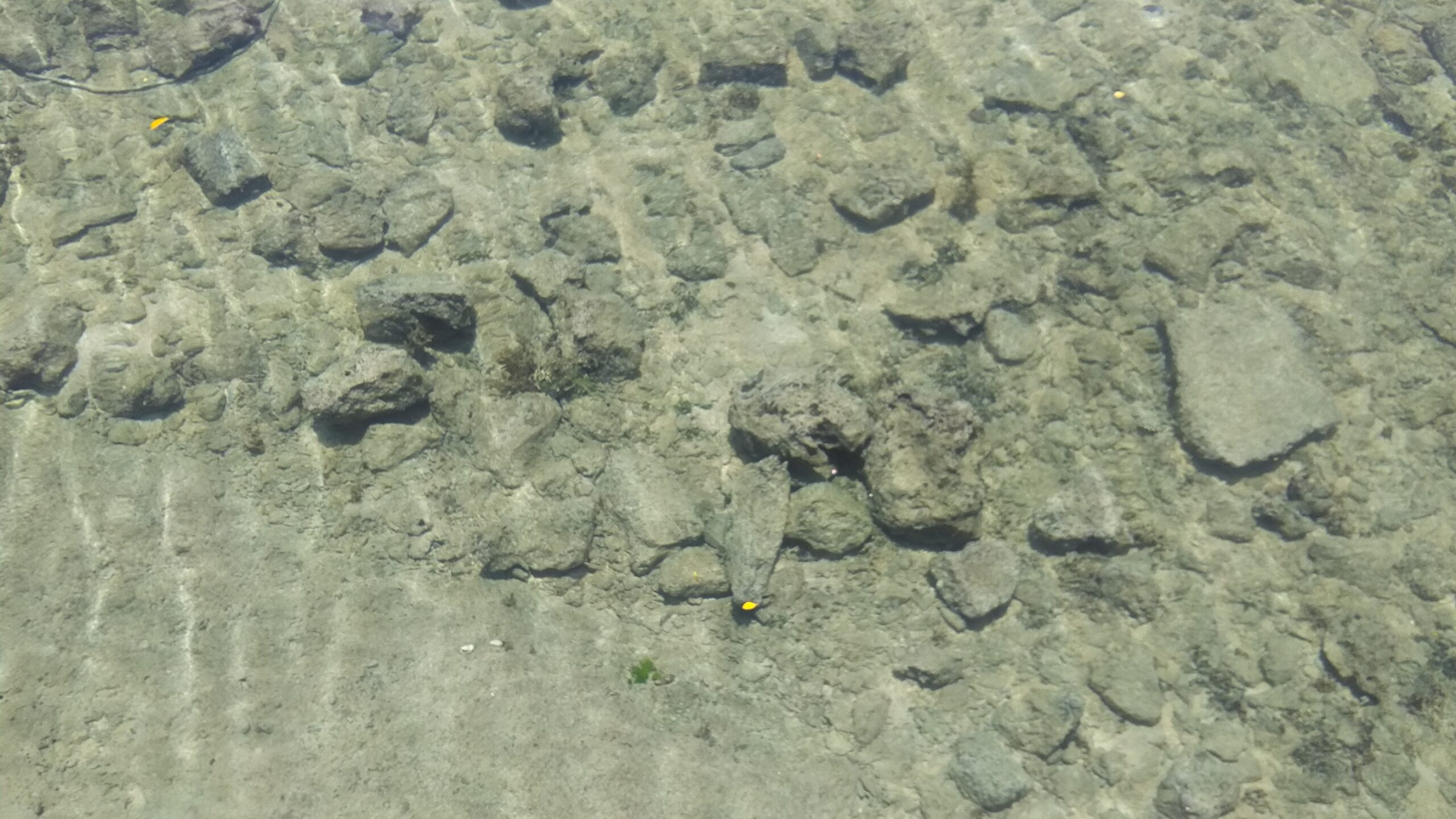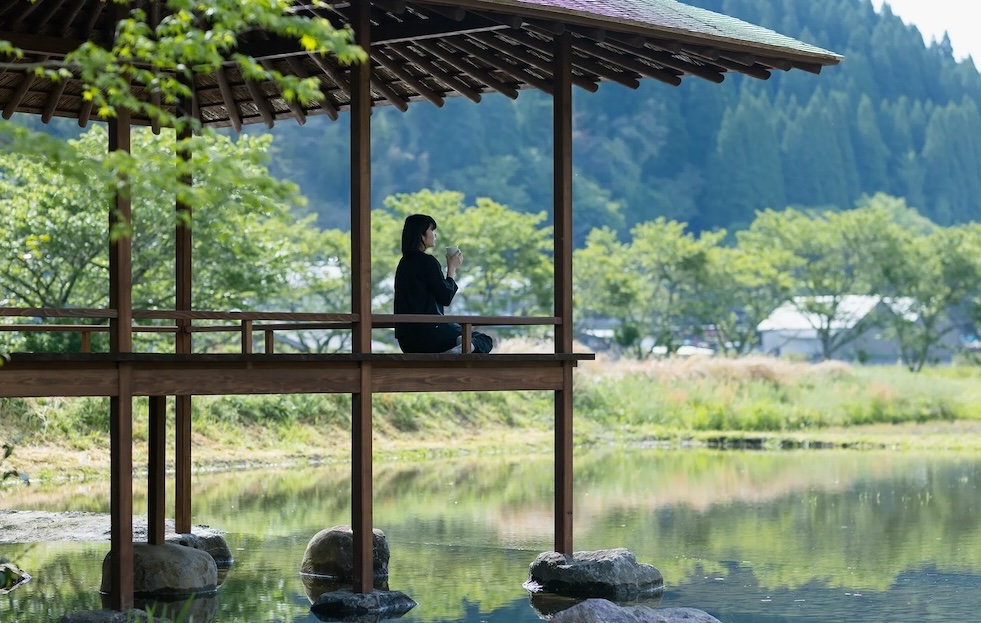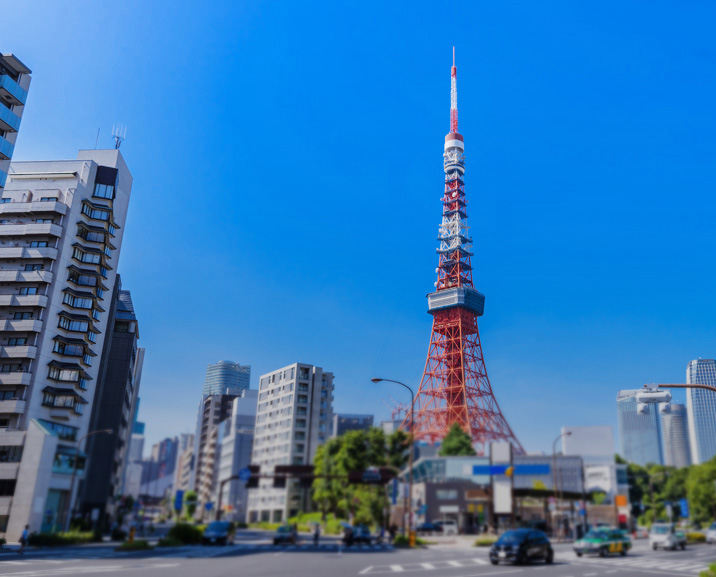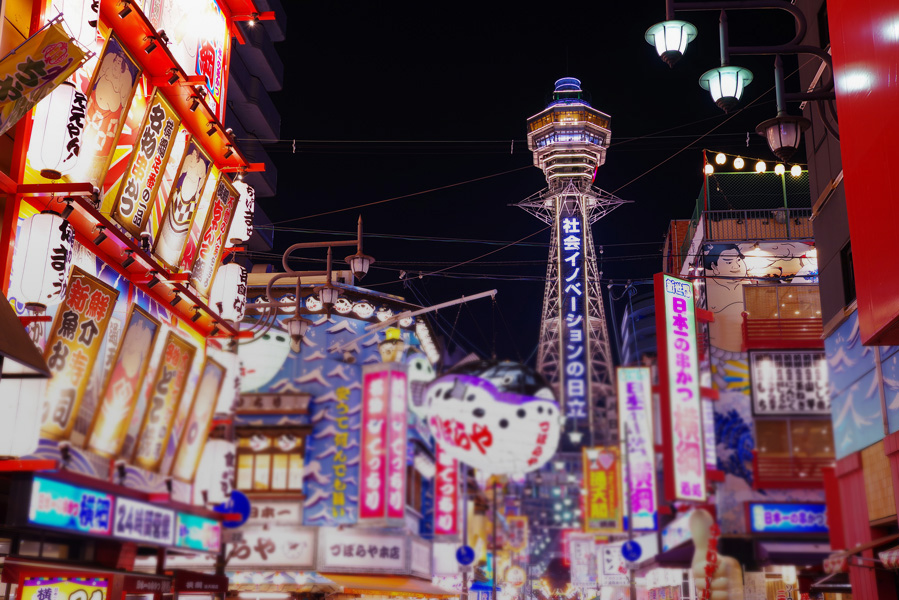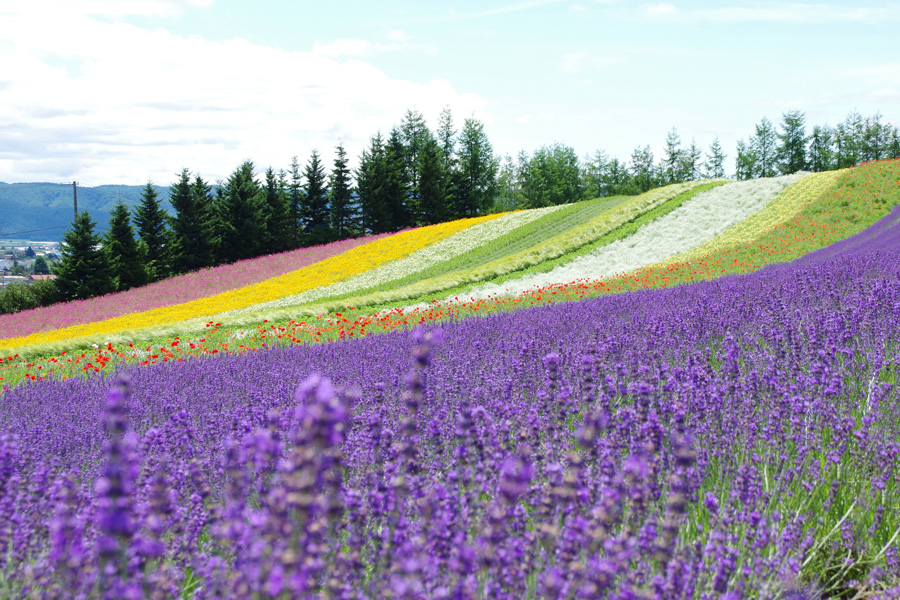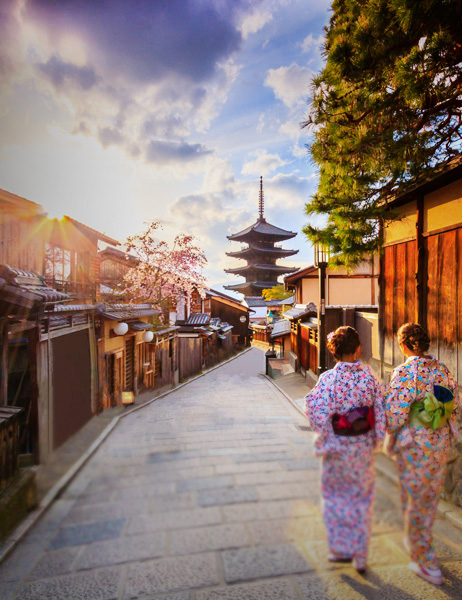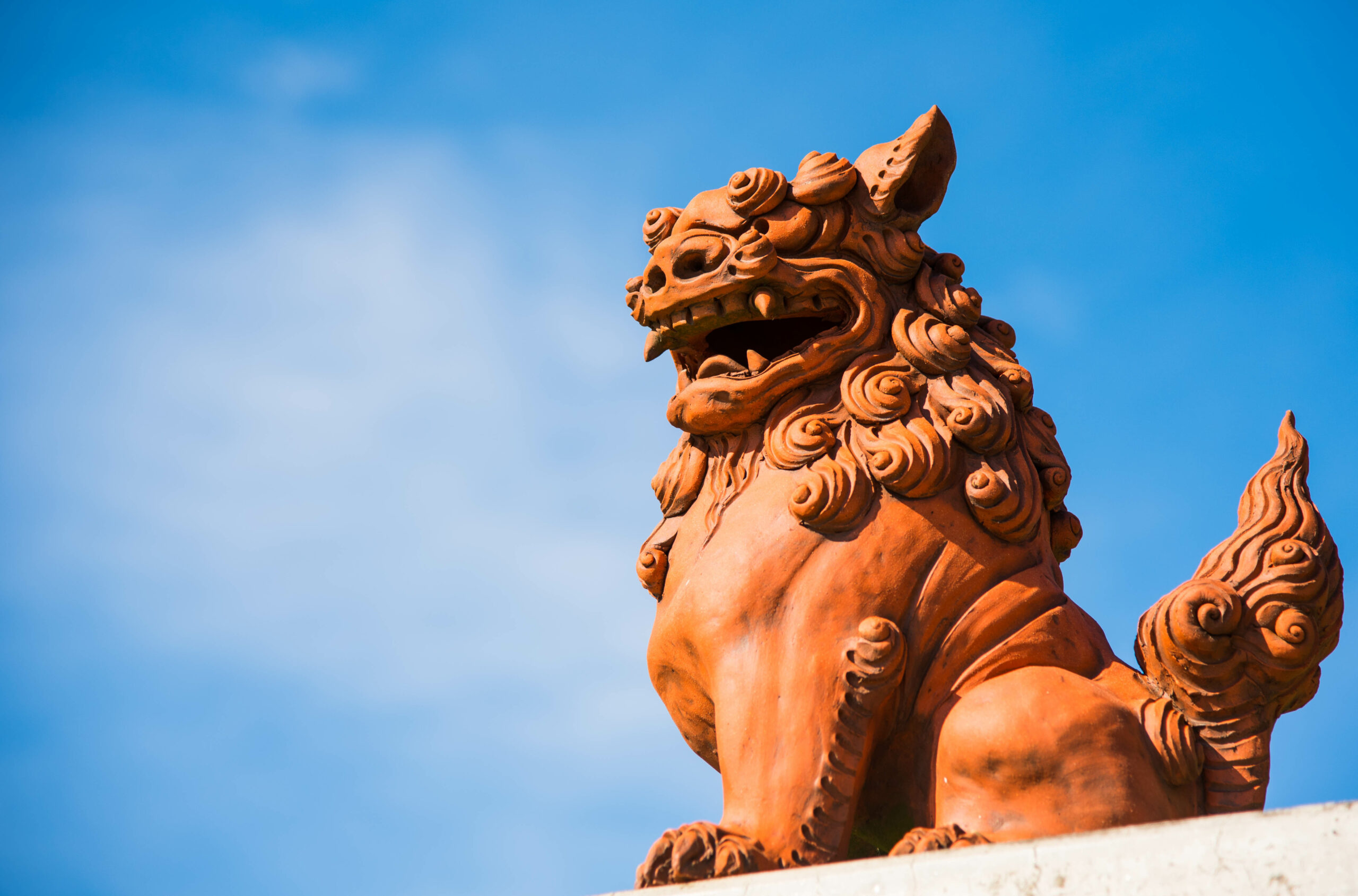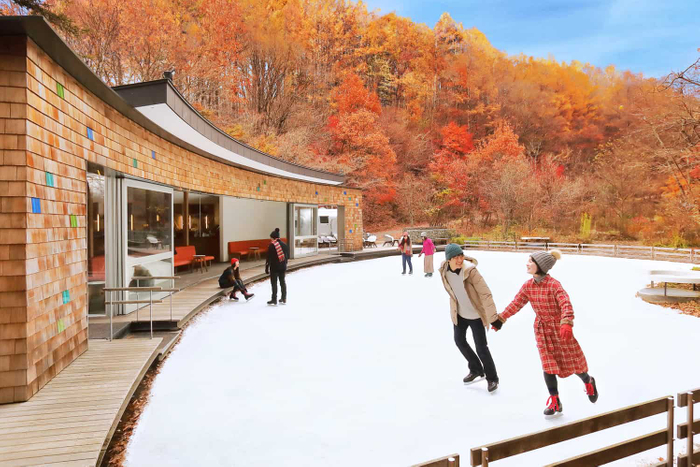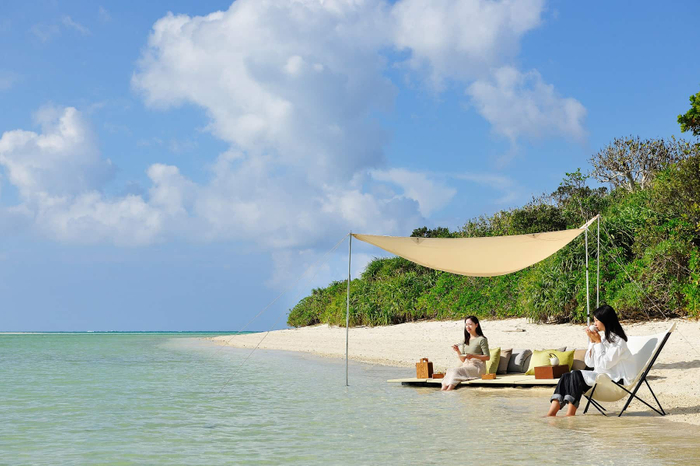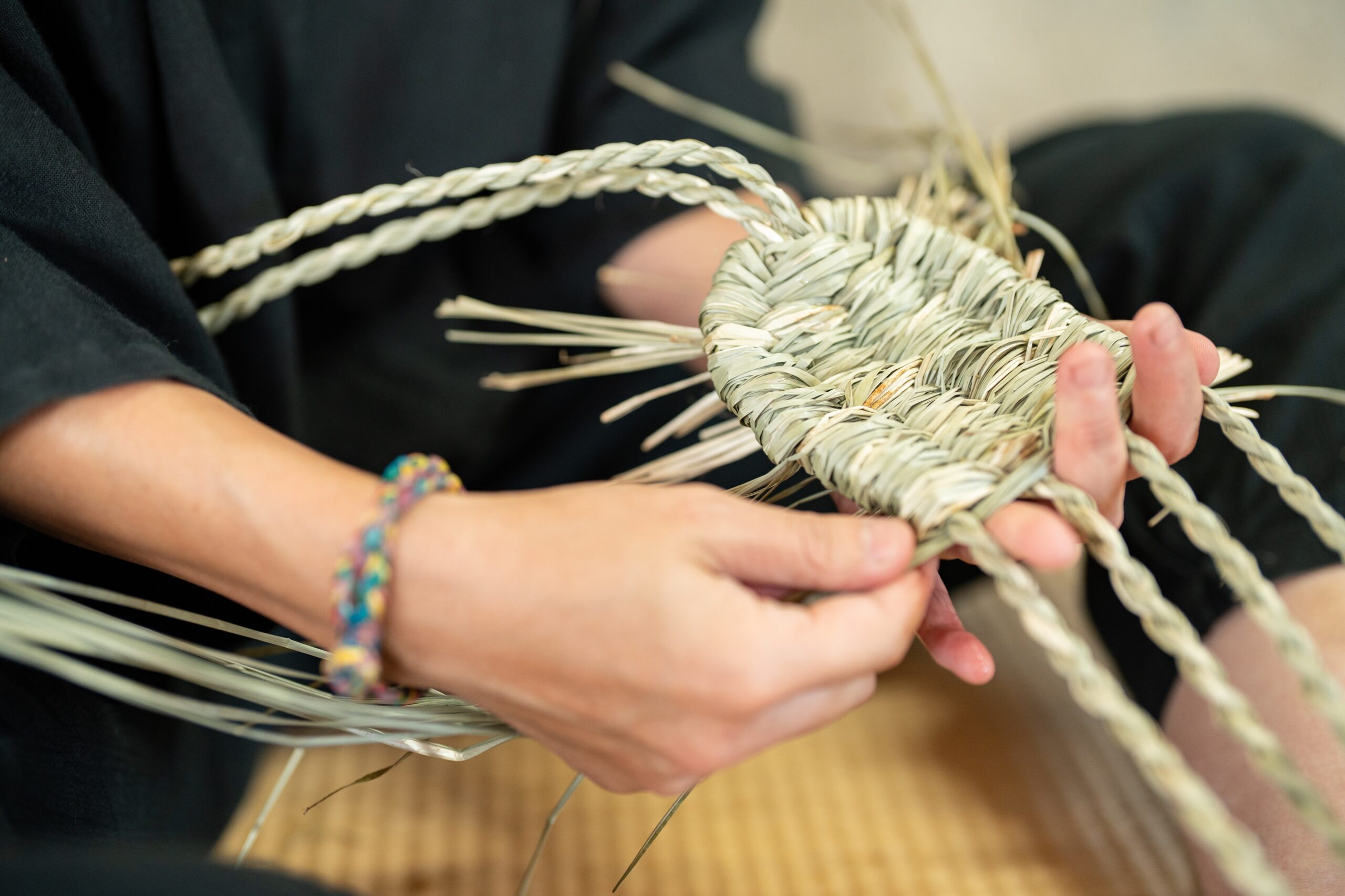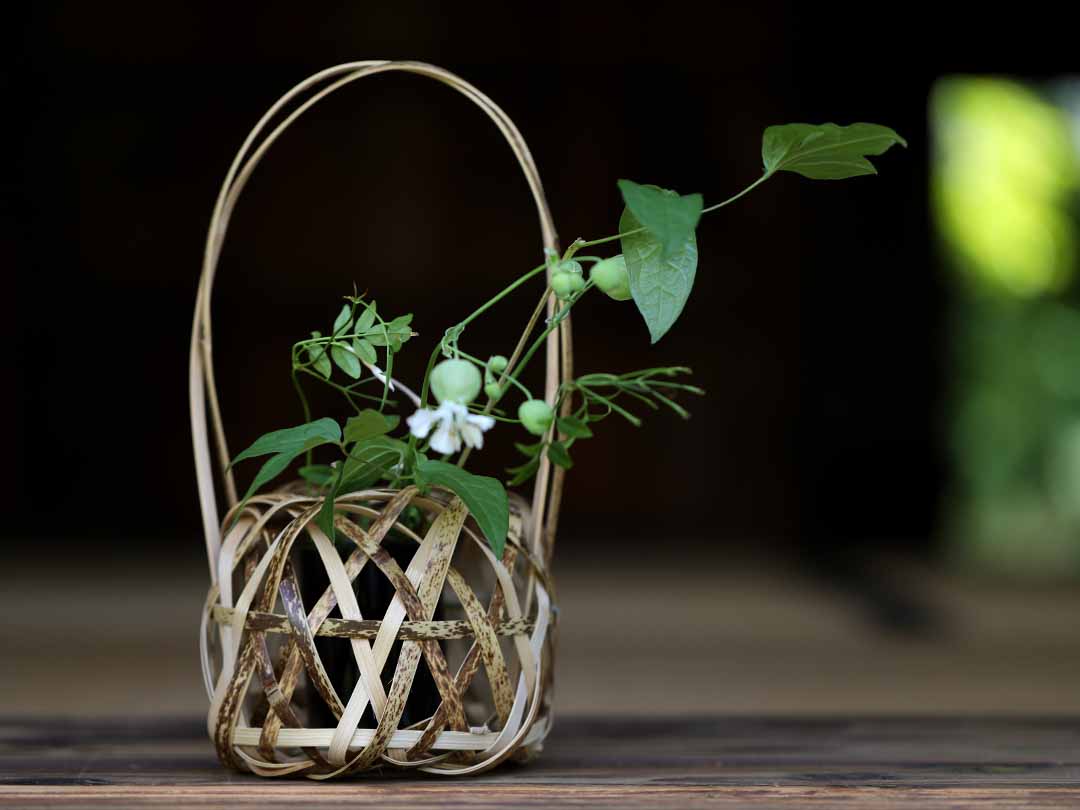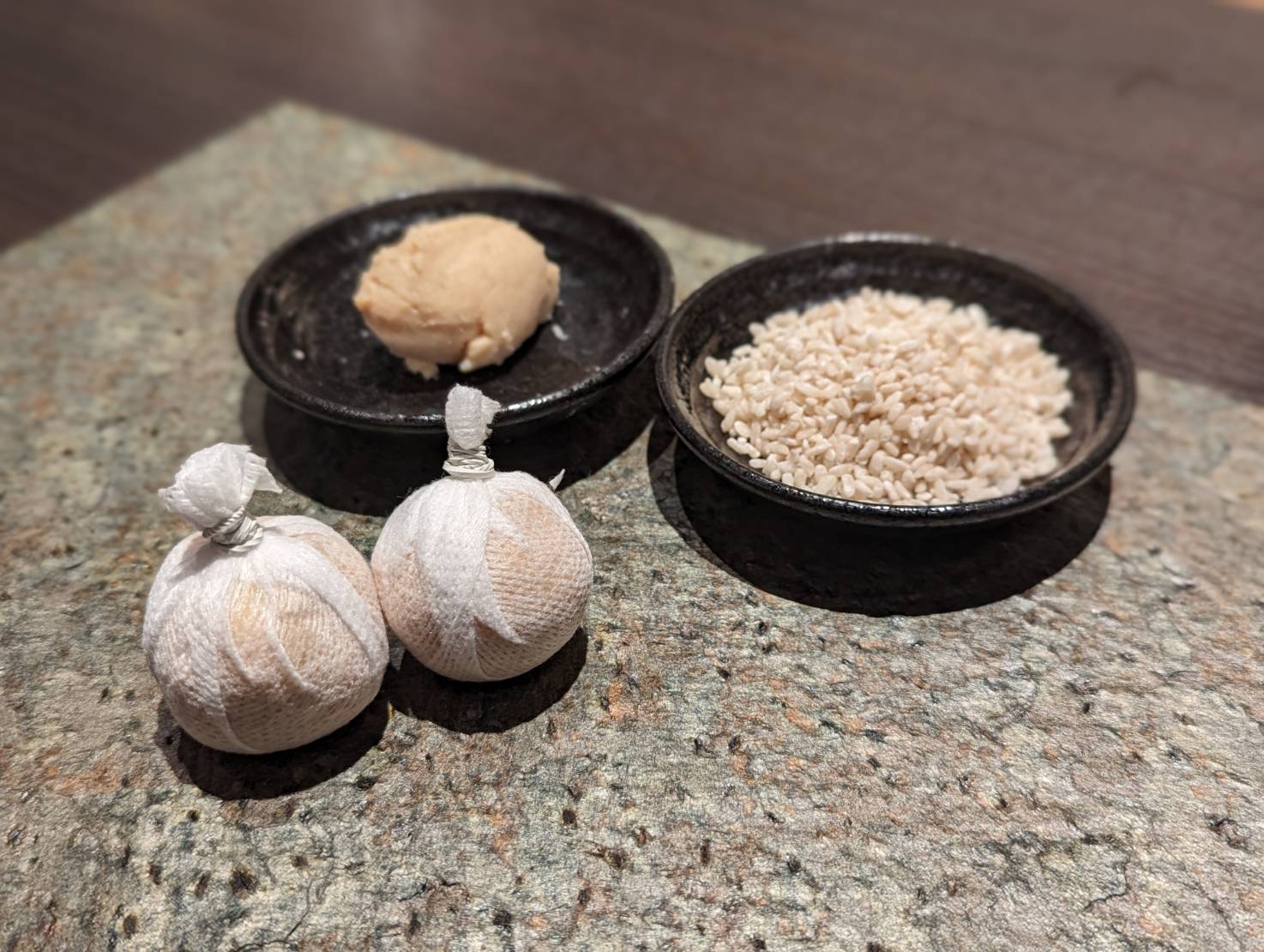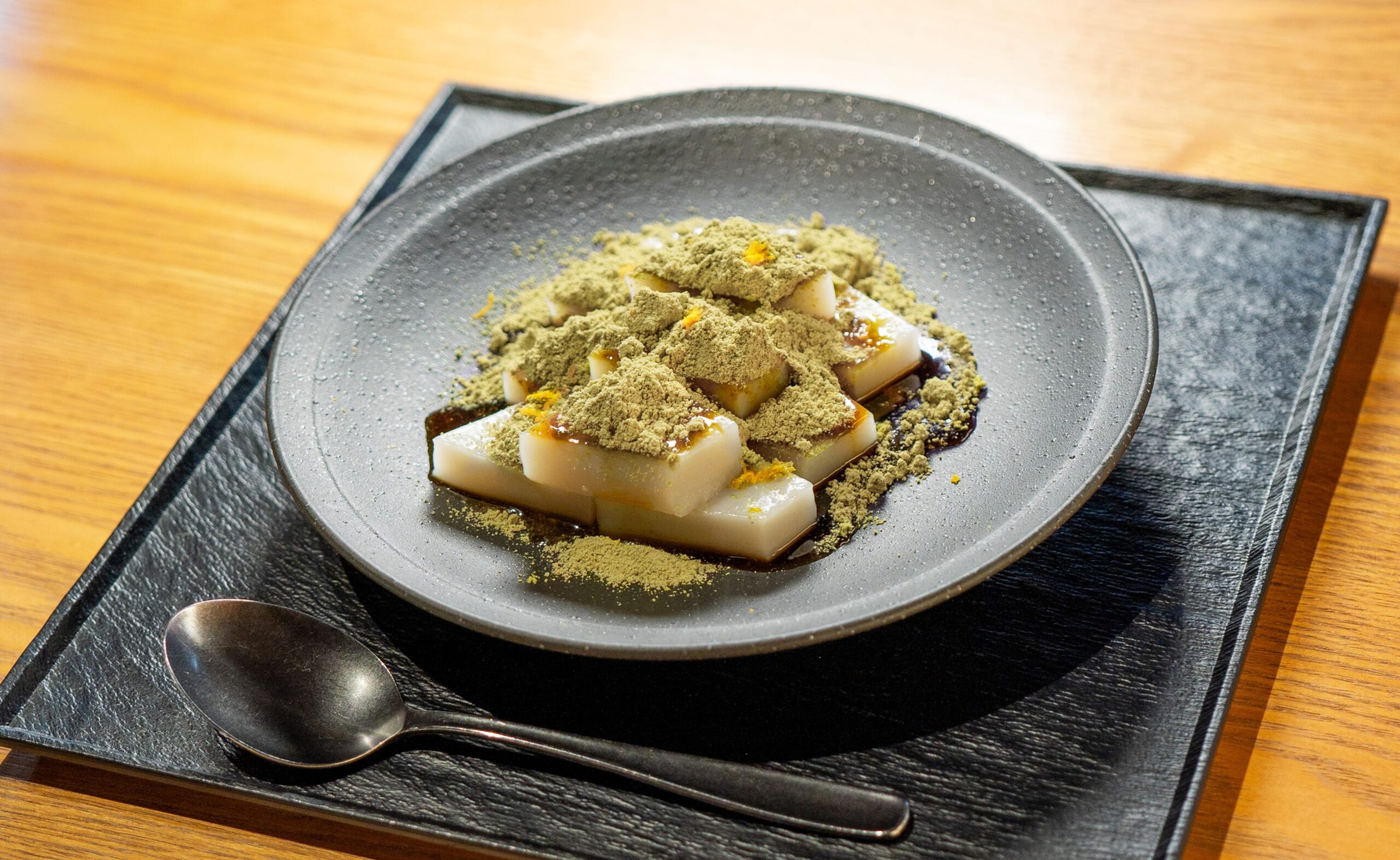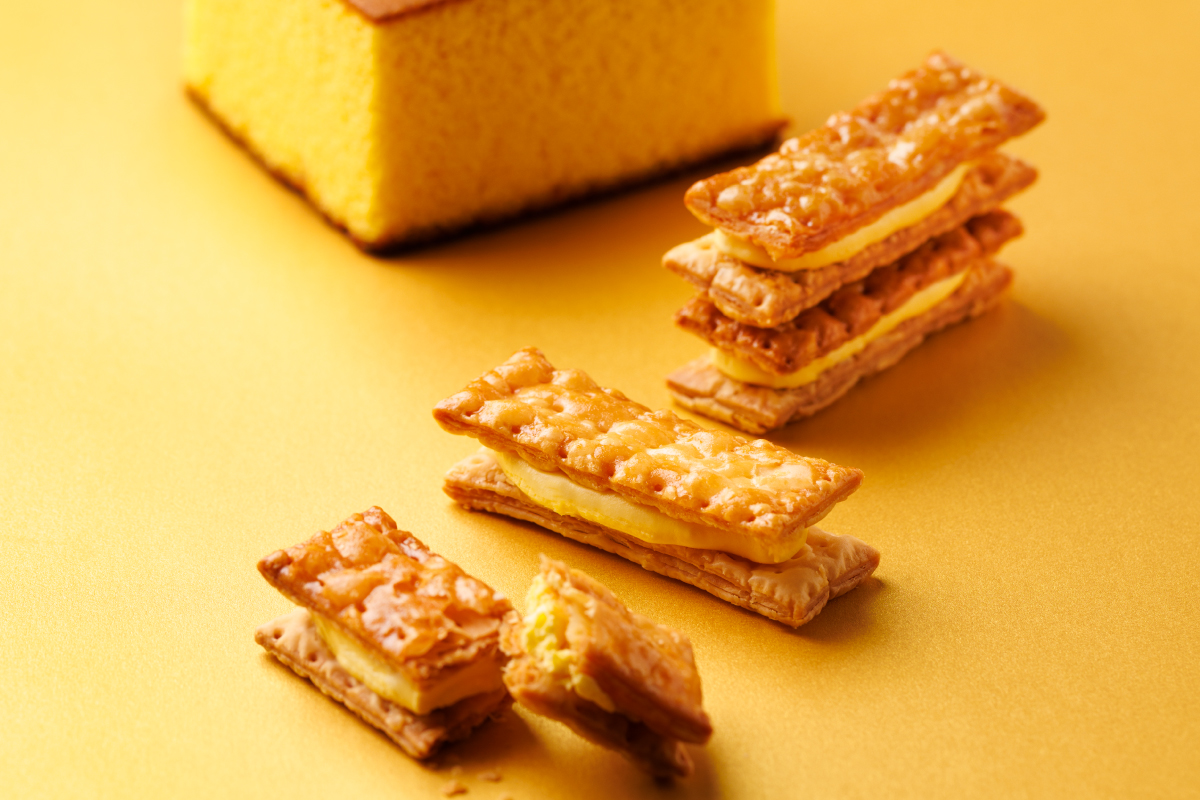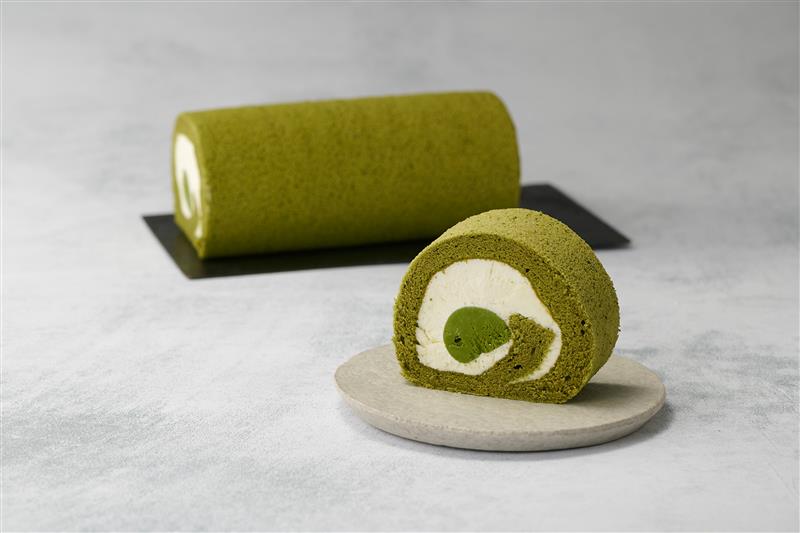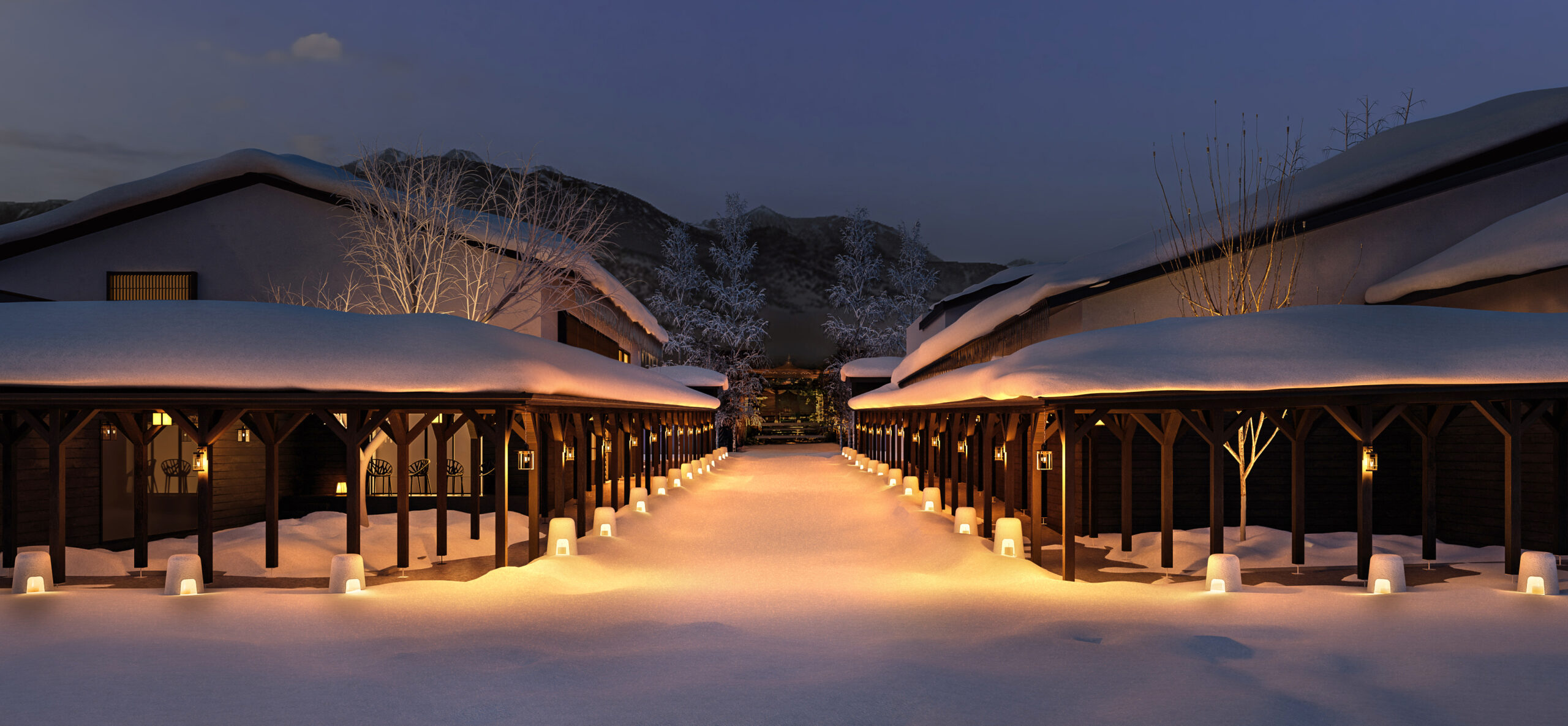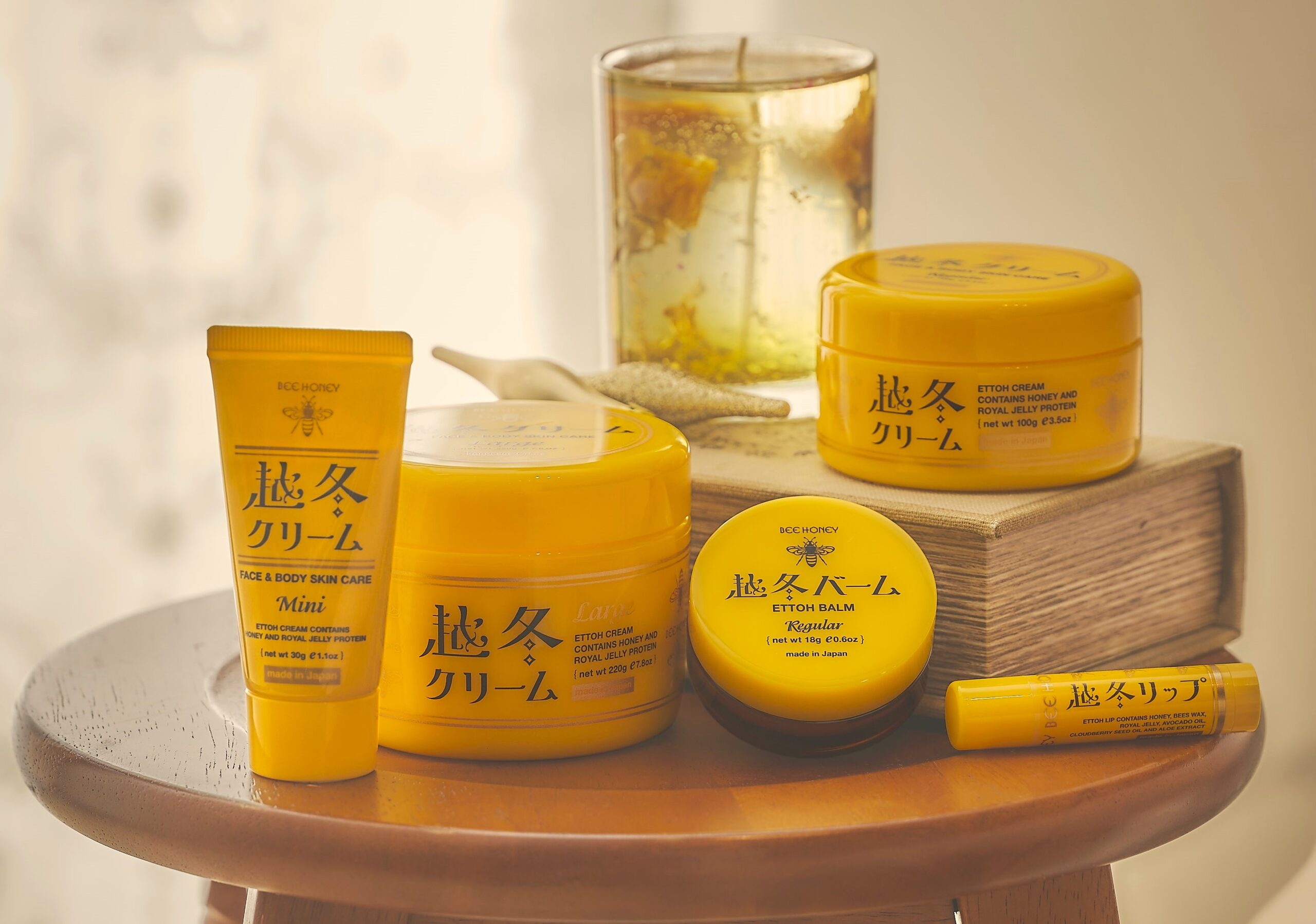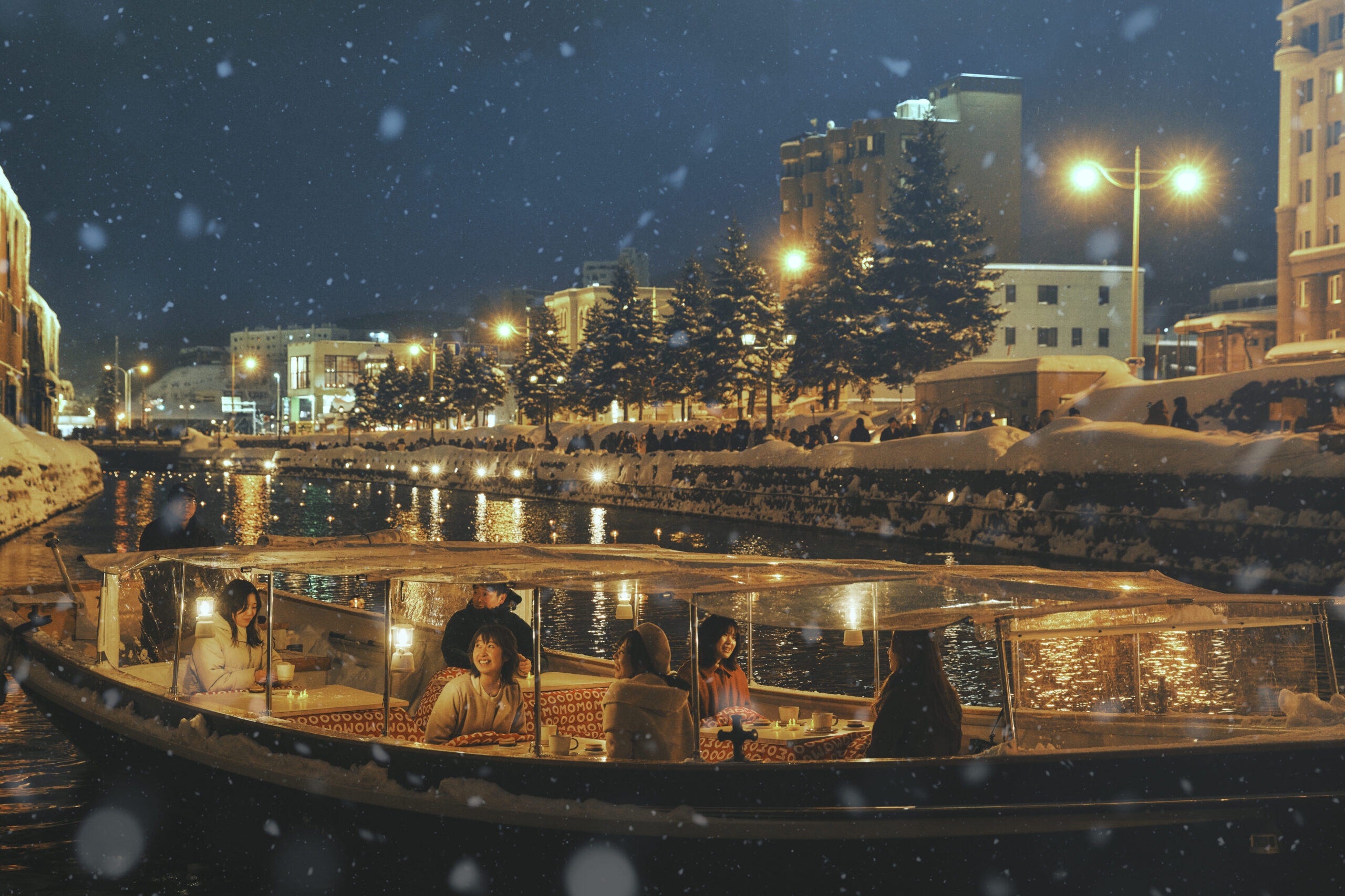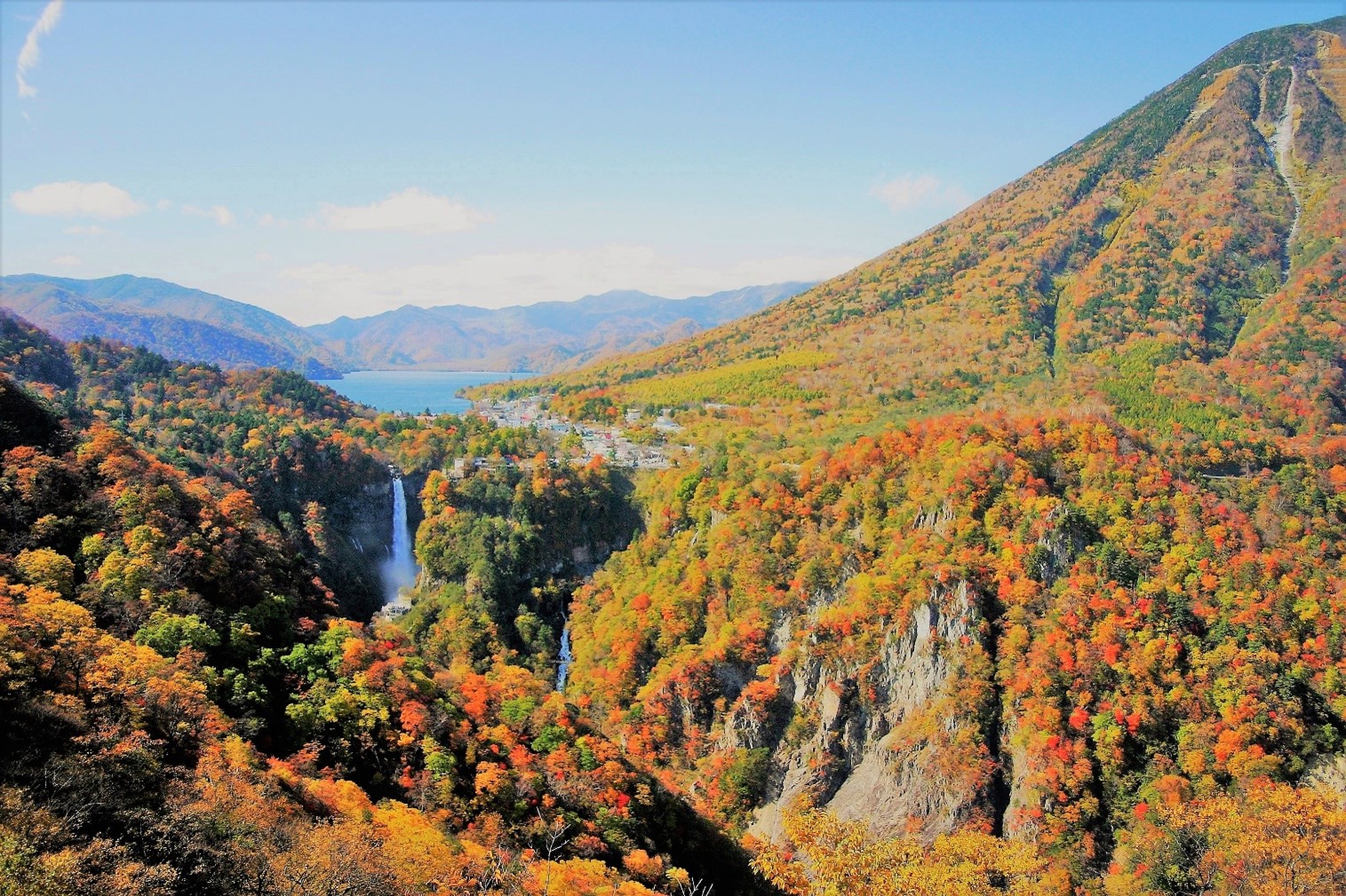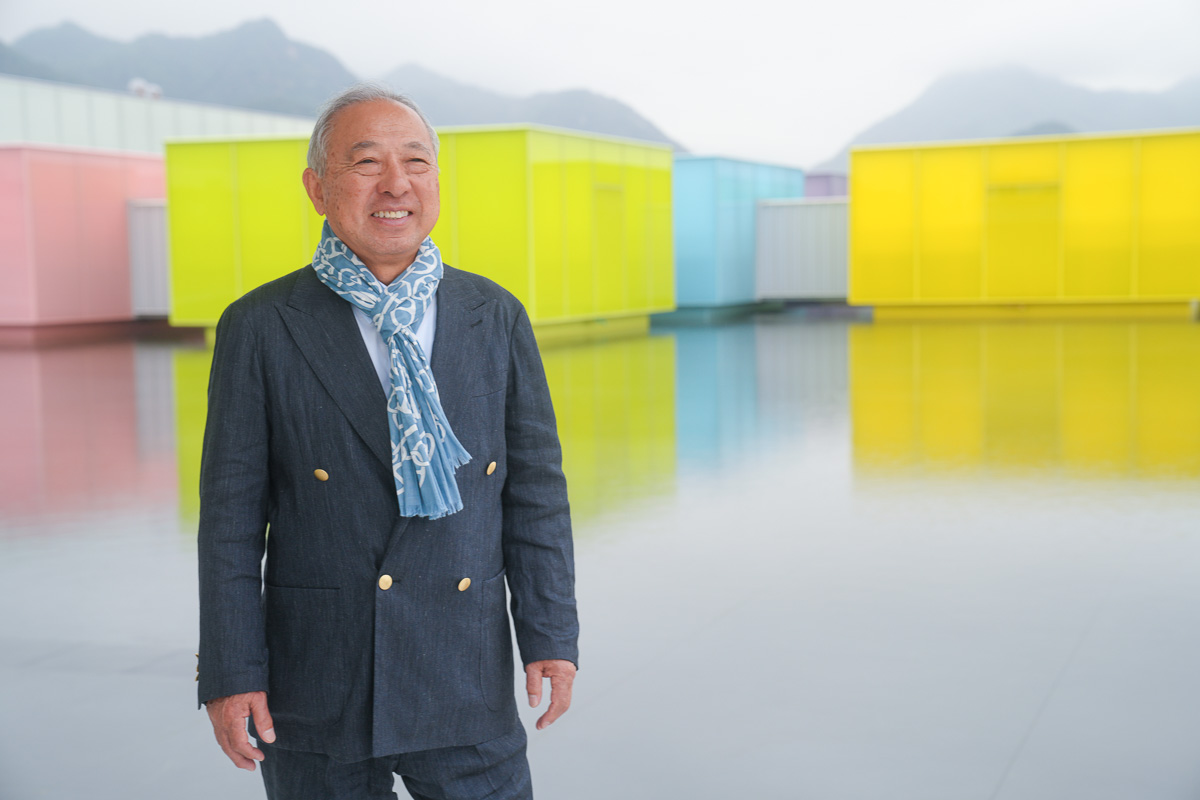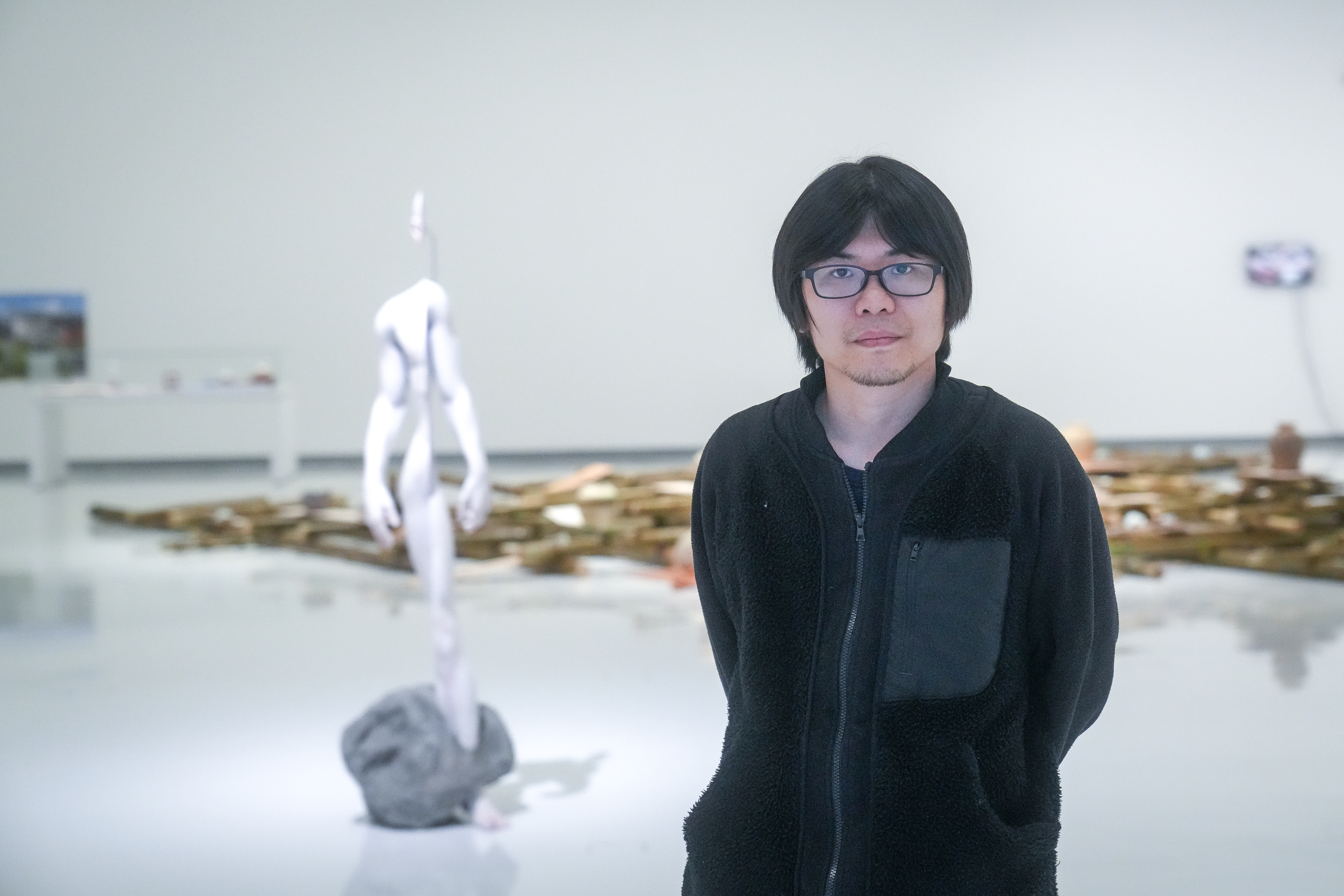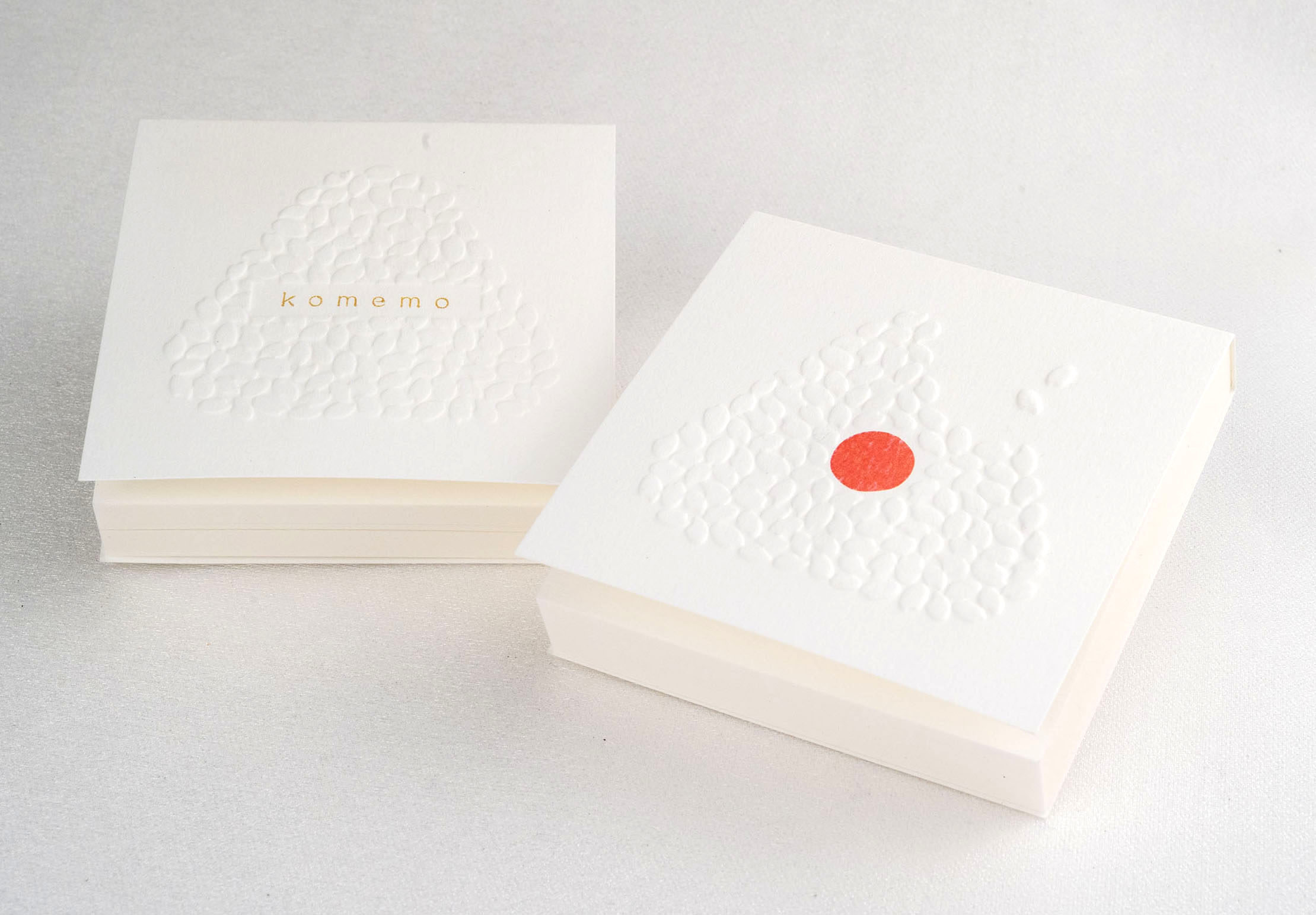When is the “Obon holiday” where you live?
Obon holiday in Okinawa cleans the grave on Tanabata on July 7th of the lunar calendar and prepares to welcome the souls of its ancestors.
Then, it will be held from July 13th (the day to be greeted is called “Unkei”) to July 15th (the day to be sent is “Ukui”) in the lunar calendar.
This year, August 20th to 22nd was the Obon holiday in Okinawa in the solar calendar.
My hometown, Tohoku Obon holiday, is from August 13th to August 16th every year in the solar calendar.
On the other hand, Obon holiday in Tokyo and some local cities is said to be from July 13th to July 16th in the solar calendar.
Why is there such a difference?
The lunar phase is due to the phases of the moon, and has an inseparable relationship with fishing and agriculture since ancient times, and was used in Japan until the Edo period.
However, from the Edo period to the Meiji period, when internationalization progressed rapidly, the adoption of the solar calendar, which was regarded as the world standard, was more convenient.
At that time, “July 15th of the lunar calendar” was moved to “July 15th of the solar calendar” as it was, so the Obon holiday was off by about a month.
It seems that there was not much impact in Tokyo, which was a commercial city, but it was a very busy time for rural areas where agriculture is flourishing.
Therefore, since the Obon holiday of the lunar calendar is about August 15th of the solar calendar, the Obon holiday is now from August 13th to August 16th in rural areas.
I think it is good that such differences in customs in each region remain.
Because I think it is a sign that the history and circumstances of the land are respected.
By the way, this time I would like to introduce “Henza Island, Miyagi Island, Ikei Island” in Uruma City, central Okinawa Island.
There was a “different” atmosphere from the main island of Okinawa.
"The seaside station" which is not a roadside station
Many people think of the remote islands of Okinawa as “Miyako Island” and “Ishigaki Island”, which are connected by plane from Naha Airport.
However, the remote islands introduced this time are connected to the main island of Okinawa by “roads” and “bridges” and can be reached by car.
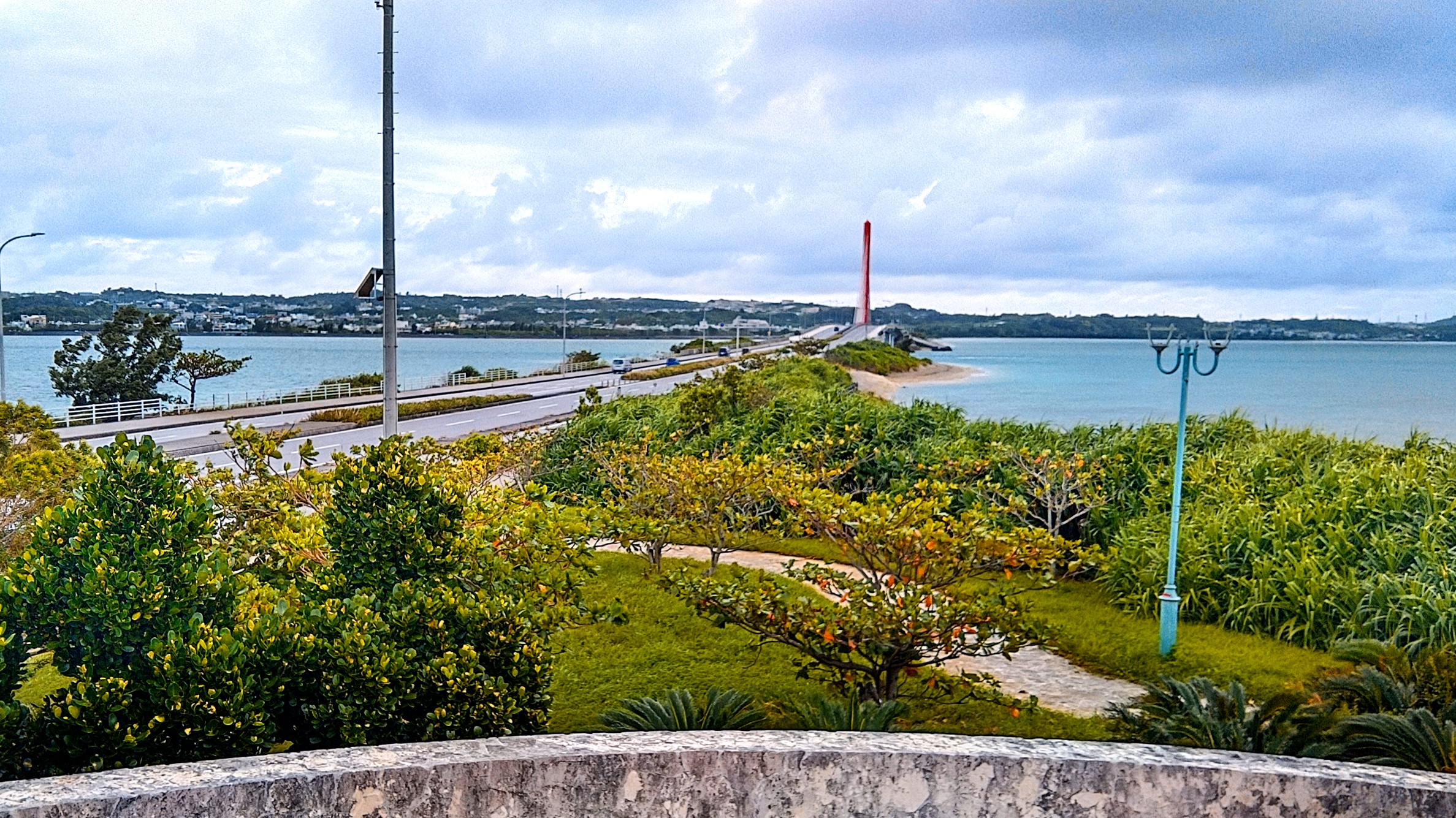
An "underwater road" with a total length of 5.2 km that connects the Katsuren Peninsula and Henza Island. Originally developed as an industrial road, attention has been focused on "roads surrounded by the sea" and "remote islands that can be reached by car", and it has become known as a tourist spot.
There are many slopes and winding roads on the main island of Okinawa.
When I came for sightseeing, I often went through “National Highway No. 58” along the straight coast, which was rather flat, so I started to live and was very surprised “Is there so many slopes?”
This underwater road is rare in Okinawa and is straight and flat.
If the weather is good, you can see the beautiful emerald green and indigo sea on both sides, and a pleasant blue sky spreads out.
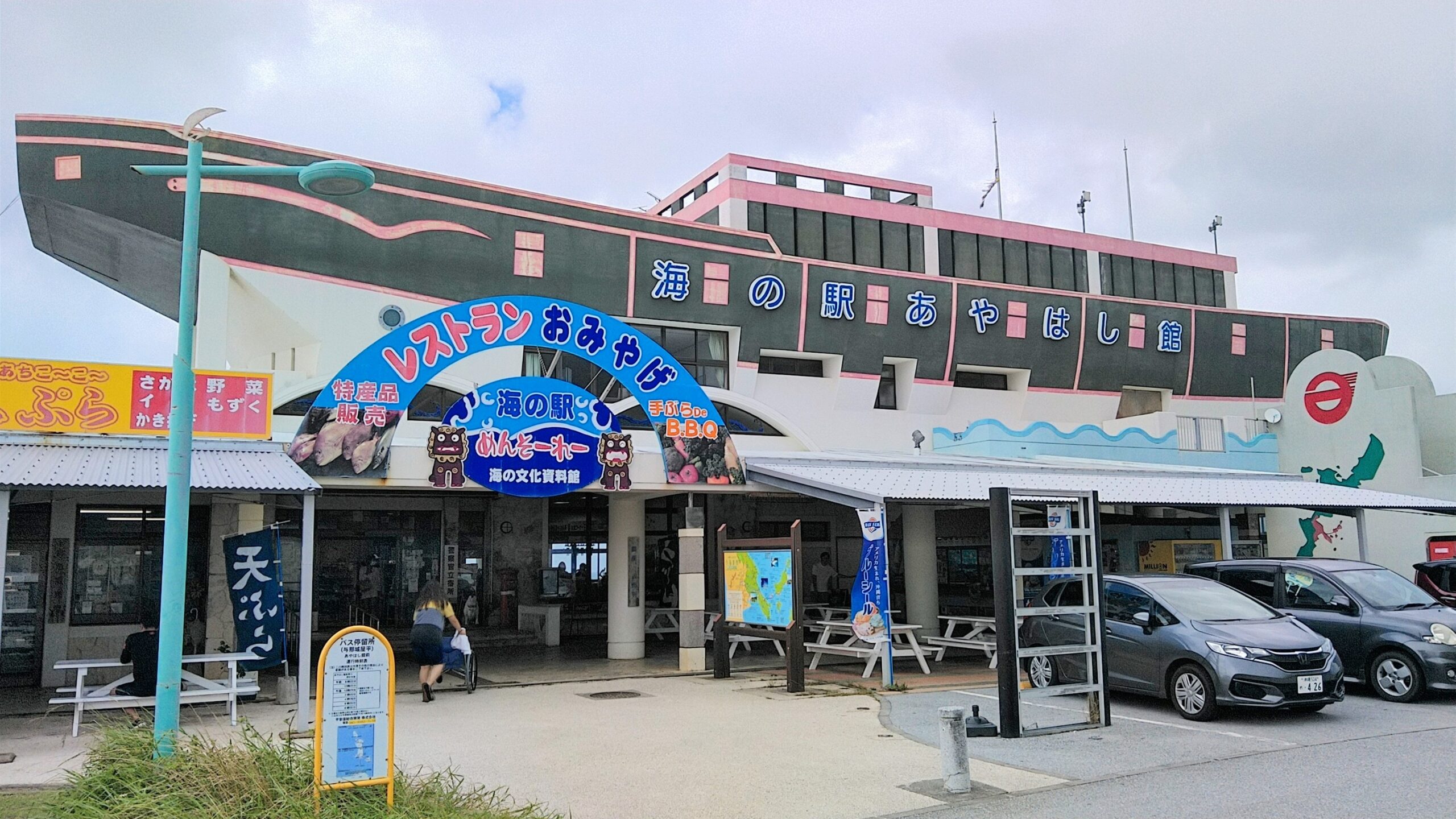
This is the seaside station “Ayahashikan”.
It was impressive that a large parking lot was built along the sea.
There was a restaurant overlooking the sea and a large selection of souvenirs.
It is very good that the sea is right behind the building.

You could take a walk along the sea, and some were fishing.
Various marine sports are available during the leisure season, and there is a shower facility at the seaside station.
The story changes a little, but it seems that the sea area between Katsuren Peninsula and Henza Island has shallow water.
Before the construction of the underwater road, until around 1955, the traffic between the peninsula and the island was “walking across at low tide.”
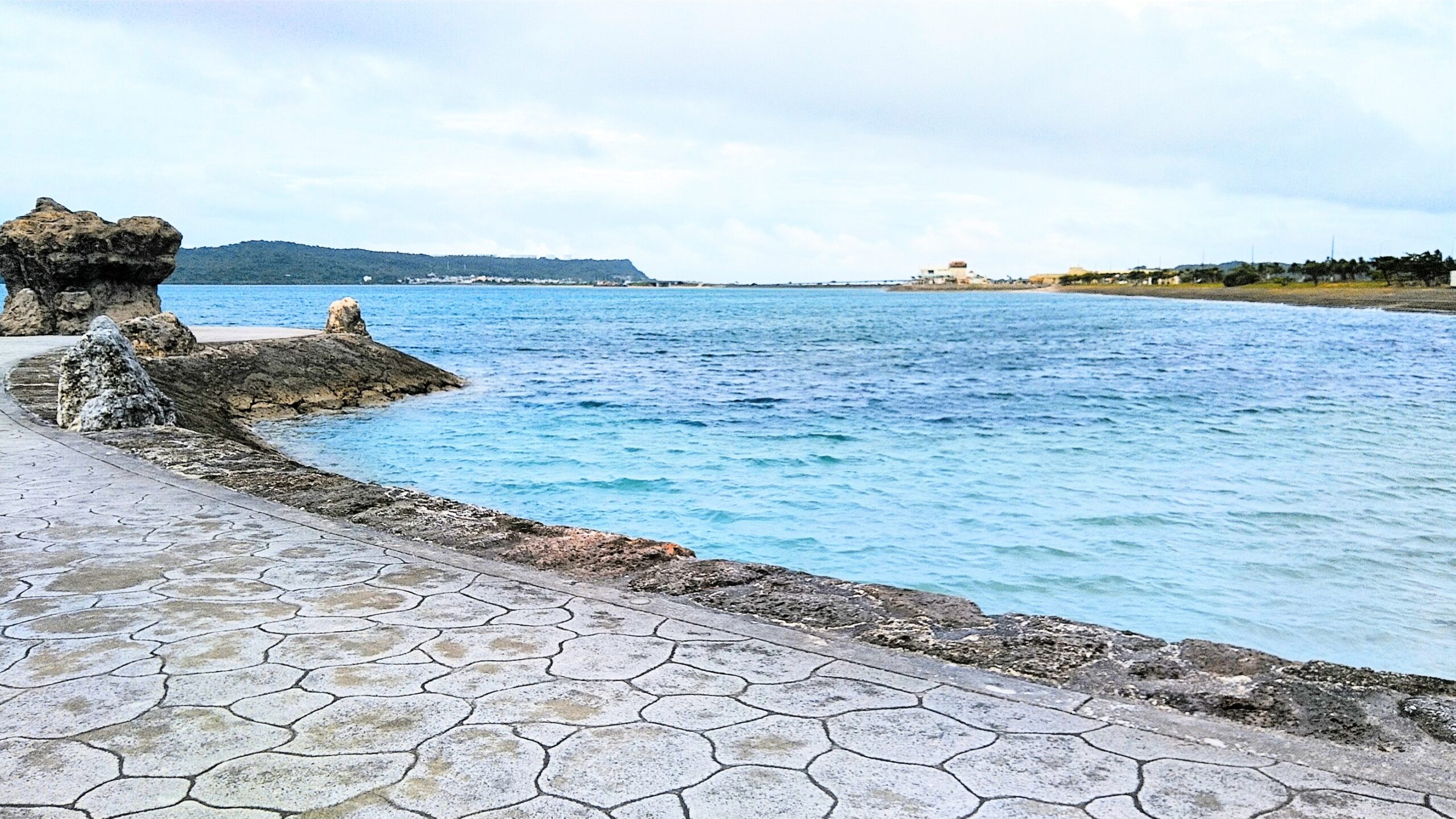
From the walking path near the seaside station. Henza Island, which is connected to the underwater road, can be seen on the far left.
By the way, when you drive through the underwater road, it is an island different from the main island of Okinawa. It is Henza Island.
Immediately after crossing Henza Island, a bridge to “Hamahiga Island” extends.
Hamahiga Island is said to be visited by many people from within Okinawa as an “island where God lives” and a “power spot.”

However, let’s not go to Hamahiga Island this time, but go a little further on Henza Island.
Aiming for Ikei Island
A myriad of large oil tanks have come into view.
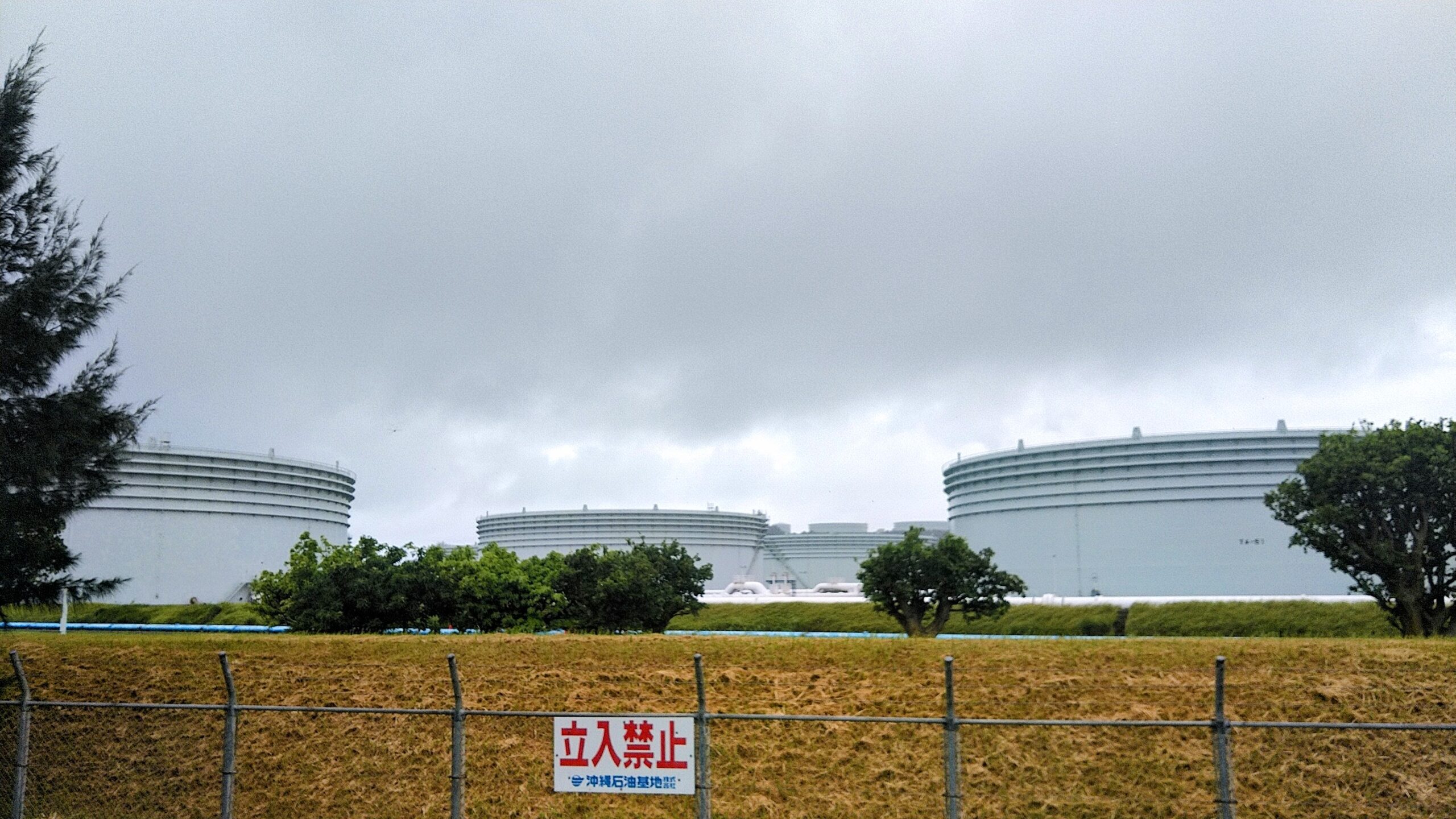
Okinawa Petroleum Base Co., Ltd.
There are 45 oil tanks as oil stockpiling and relay points.
Since the operation, it has continued to be accident-free and disaster-free, and has received many awards for its consideration for the environment.
Earlier, I wrote that the underwater road was originally “made for industrial use”, but it is because this base was actually built on Henza Island.
At that time, it had one lane on each side, but later it became a prefectural road and became two lanes on each side.
The bridge for the purpose of circulating seawater has also been lengthened, and in 2003, the seaside station “Ayahashikan” will open.
If you go further, you can cross the bridge from Henza Island to Miyagi Island.
Many sugar cane fields were seen on Miyagi Island.
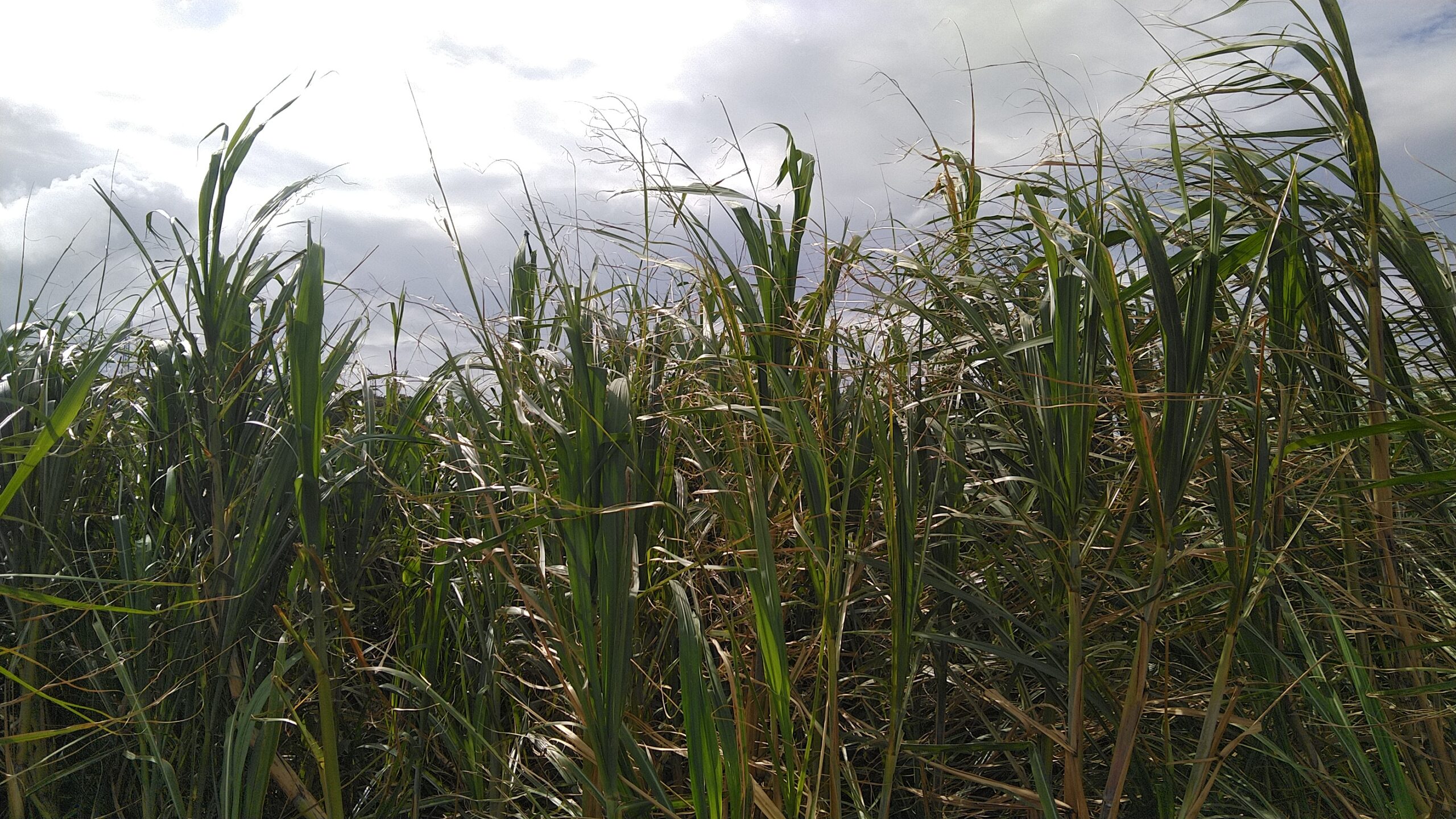
The facilities and scenery that I had never seen on the main island of Okinawa were very fresh.
There are few people and there are not many car streets.
I really thought, “Oh, I want to live in such a peaceful place.”
It was a very relaxing time, and the clear air after the rain was delicious.
There was a large quarry just before the bridge to Ikei Island.

If you cross the bridge from Miyagi Island, you will enter Ikei Island, but I have noticed this.
From the beginning of the underwater road to entering Ikei Island, I was able to run without turning right or left.
Furthermore, the traffic light was only at the crossing of the underwater road (the junction to Hamahiga Island).
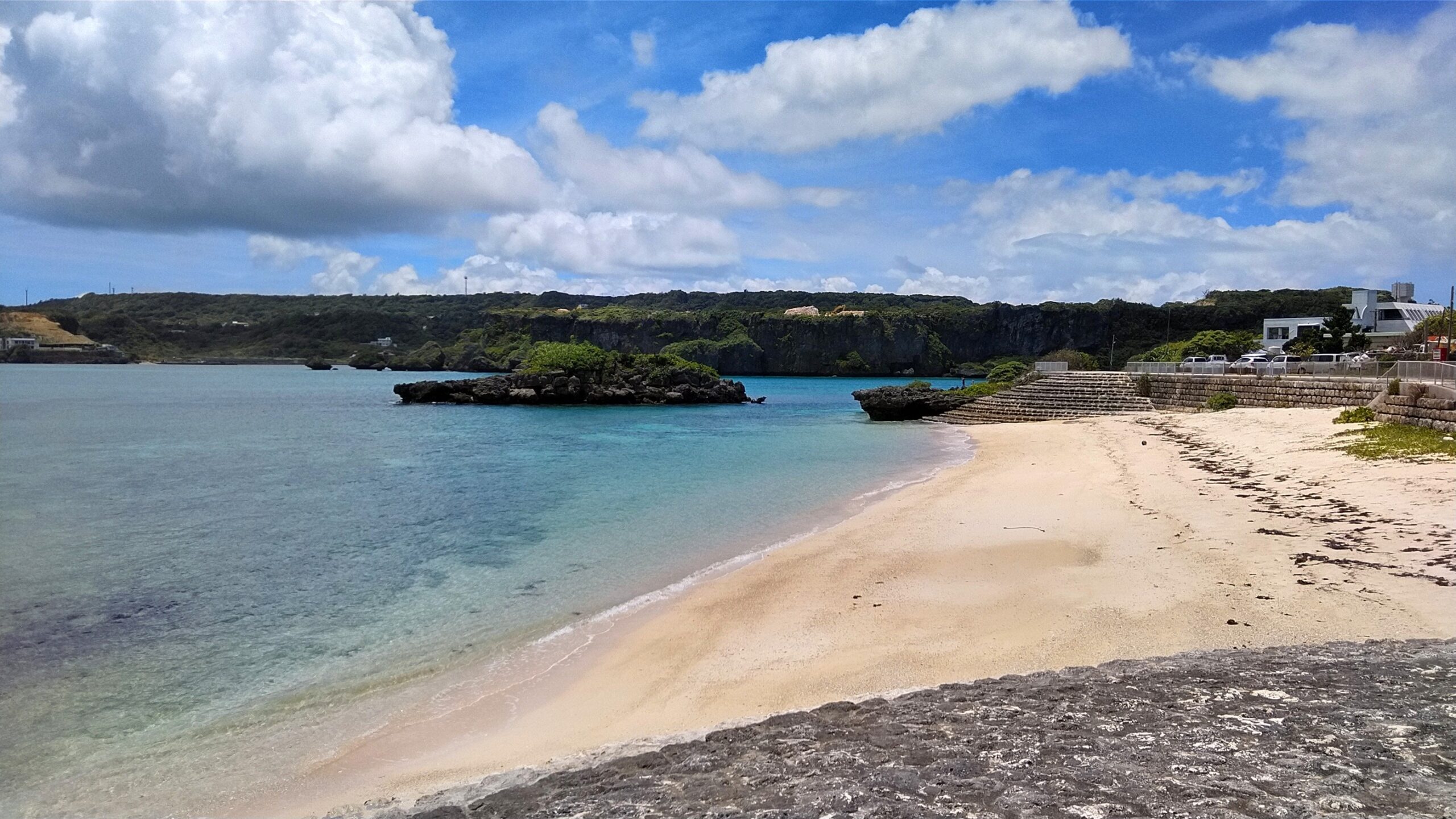
The sea of Ikei Island.
It is also a valuable experience to be able to go to three remote islands without ever turning.
Ikeijima is a small island with a population of about 200 people, but it is also a place where many ruins of the Okinawa’s historical divisions “Kaizuka era” and “Gusuku era” have been discovered.
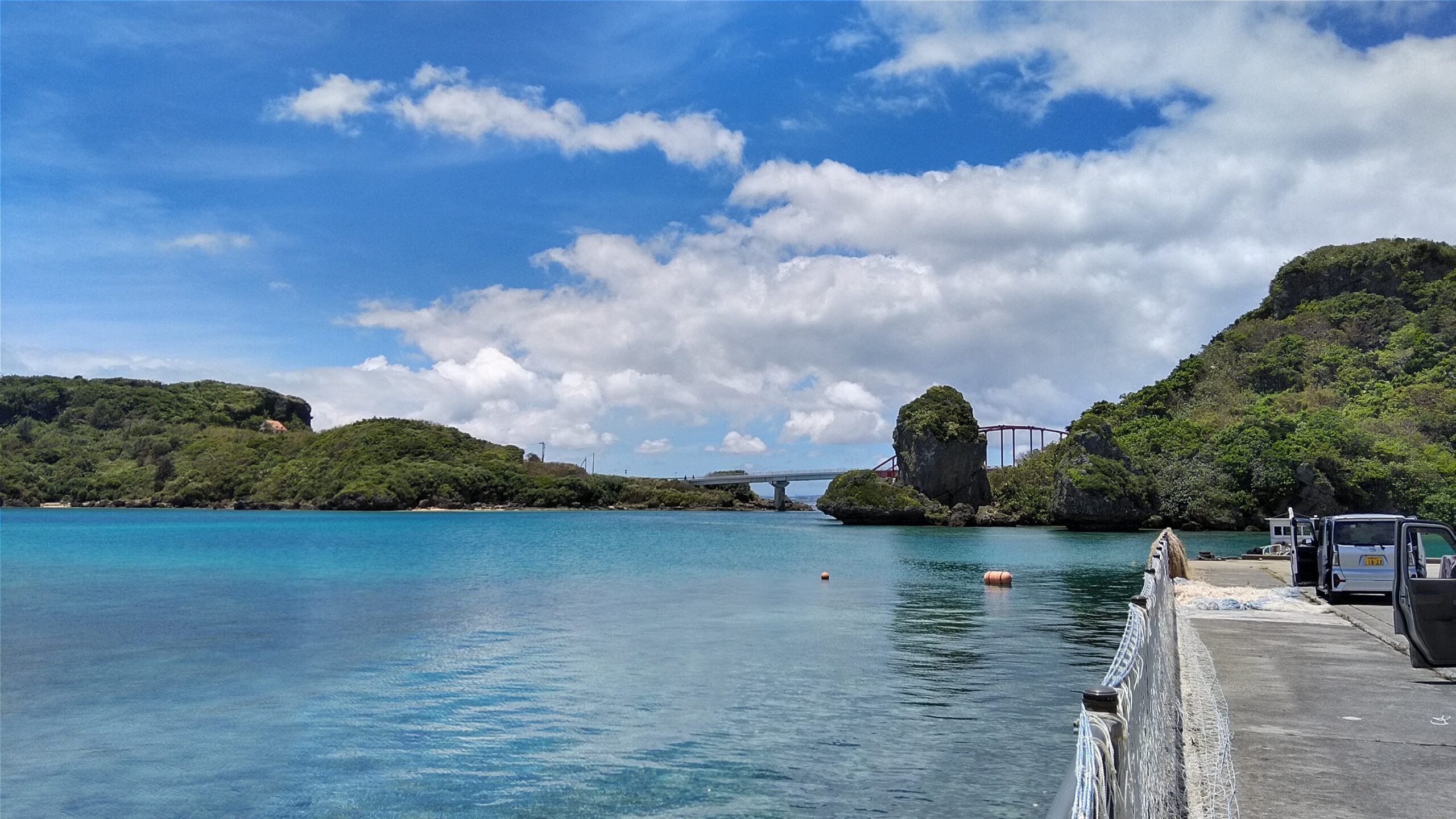
Ikeijima fishing port. The central bridge connects Ikei Island and Miyagi Island.
It was a very quiet and peaceful place.
If you have a chance to come, we recommend that you turn off your car stereo, open the windows and feel the relaxing air flowing through the island.
From now on, I will return to Miyagi Island to explore the “secret of the salt of life”, but the continuation will be in the second part. ..
See you next time.
